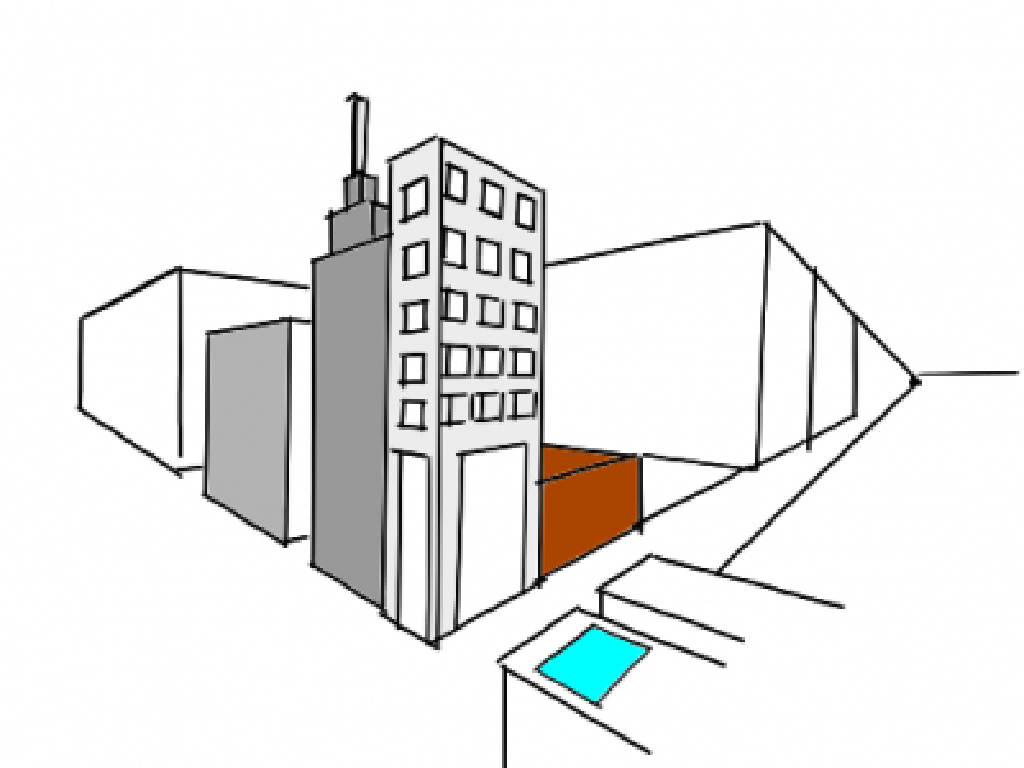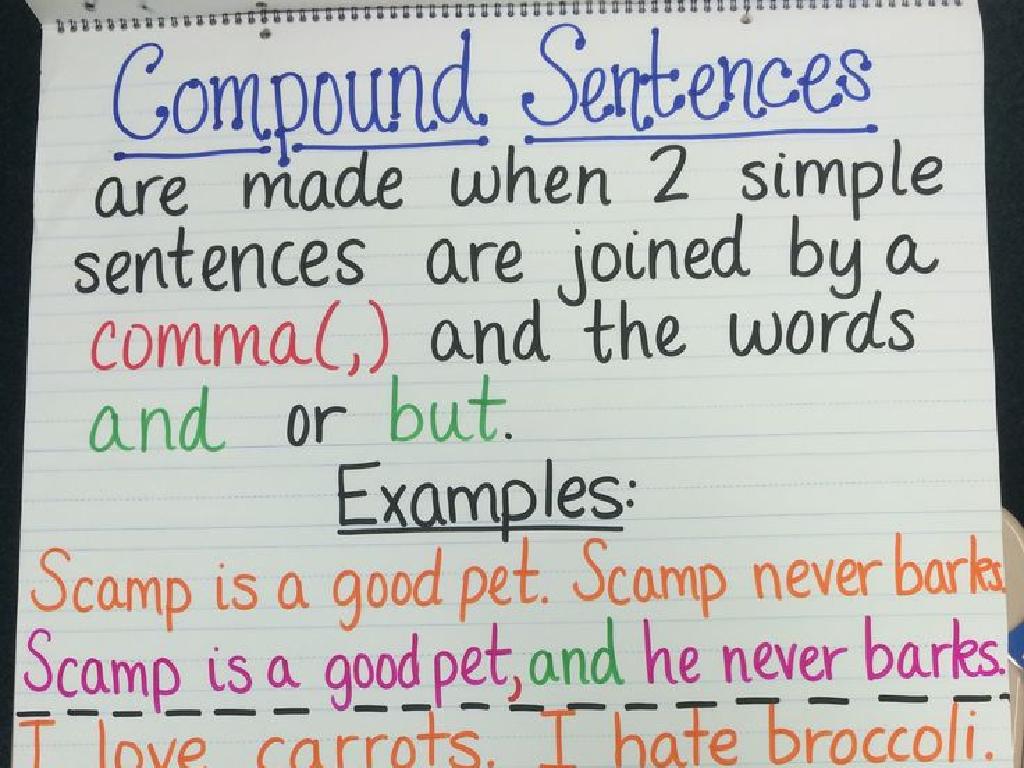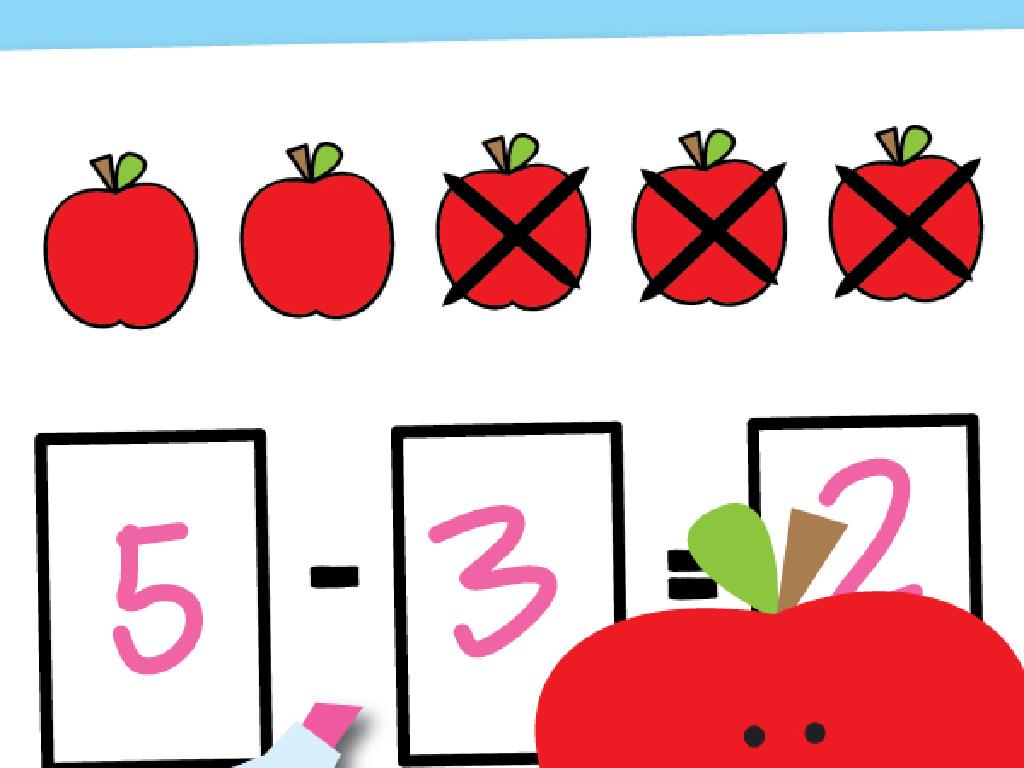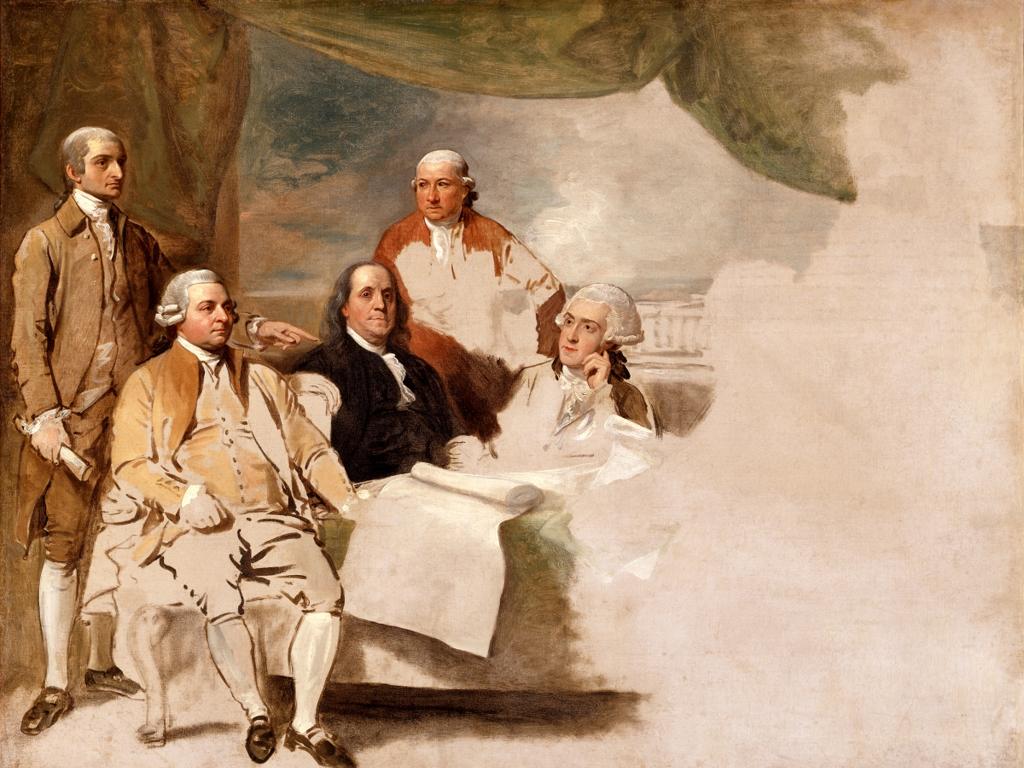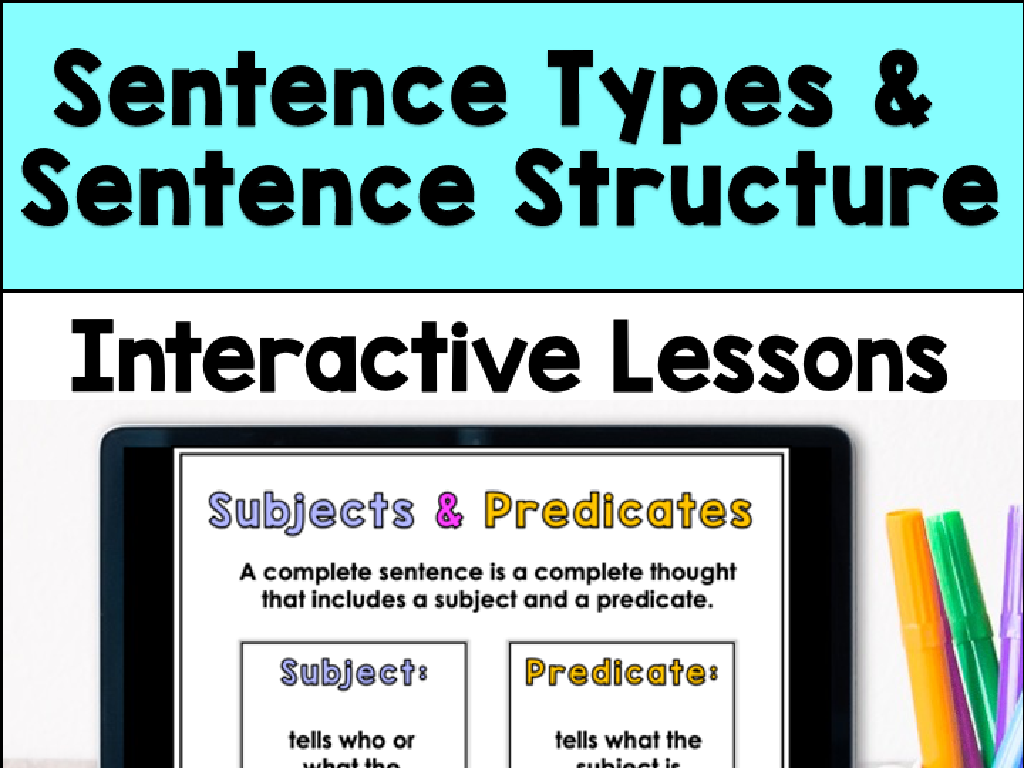Area And Perimeter: Word Problems
Subject: Math
Grade: Seventh grade
Topic: Perimeter And Area
Please LOG IN to download the presentation. Access is available to registered users only.
View More Content
Welcome to Area and Perimeter!
– Understanding space around us
– Defining area and perimeter
– Area measures inside space, perimeter measures edge length
– Real-life importance
– Used in building, farming, crafting, etc.
– Applying concepts to problems
– Solve problems involving floor plans, fields, frames
|
This slide introduces the fundamental concepts of area and perimeter, setting the stage for their application in real-world scenarios. Begin by discussing how we interact with space in our daily lives and why it’s important to quantify it. Define area as the measure of space within a shape and perimeter as the total length of the shape’s edges. Highlight the importance of these concepts in various fields such as construction, agriculture, and arts and crafts, where space optimization is crucial. Conclude by explaining that the class will work on word problems that apply these concepts, such as calculating the amount of paint needed for a room or the fencing required for a garden. Encourage students to think of other areas where they might need to use these measurements.
Recap: Understanding Perimeter
– Perimeter: distance around a shape
– Calculate by summing all sides
– Rectangle perimeter: 2l + 2w
– For a rectangle with length (l) and width (w), the formula is P = 2l + 2w
– Practice with different shapes
– Try finding the perimeter of a square, triangle, and hexagon
|
This slide is a quick recap of the concept of perimeter, aimed at reinforcing students’ understanding. Perimeter is the total distance around the edge of a two-dimensional shape. To calculate it, students should add the lengths of all the sides together. For a rectangle, a specific formula can be used, which is twice the length plus twice the width. Encourage students to practice this concept by calculating the perimeter of various shapes, such as squares (where all sides are equal), triangles (adding three sides), and hexagons (adding six sides). This will help them become more comfortable with the concept and prepare them for more complex word problems involving perimeter.
Recap: Understanding Area
– Area: space within a shape
– Calculate for rectangles: length x width
– Example: Rectangle area calculation
– If a rectangle has a length of 8cm and width of 3cm, area = 8cm x 3cm = 24cm²
– Practice: Find areas of different rectangles
– Use various rectangle dimensions to reinforce the concept
|
This slide is a quick recap of the concept of area, specifically for rectangles, which is foundational for solving word problems related to perimeter and area. Start by defining the area as the amount of space inside a two-dimensional shape. Emphasize that for rectangles, the area is calculated by multiplying the length by the width. Provide a clear example, such as a rectangle with given dimensions, and show how to apply the formula to find the area. Encourage students to practice with different dimensions to solidify their understanding. This will prepare them for more complex problems involving area calculations.
Solving Area & Perimeter Word Problems
– Carefully read the problem
– Determine the question asked
– Note the relevant formula
– Perimeter (P) = 2(l + w), Area (A) = l * w for rectangles
– Insert values and calculate
– Example: Find P & A for a 7 by 3 yard rectangle
|
This slide is aimed at guiding students through the process of solving word problems related to area and perimeter. Start by reading the problem thoroughly to understand the context and what is being asked. Next, identify the specific question to be answered. Then, write down the appropriate formula for either perimeter or area based on the shape described in the problem. Finally, plug in the given numerical values into the formula and solve for the answer. Encourage students to practice this step-by-step approach with various word problems to build confidence and proficiency in solving for area and perimeter.
Calculating Perimeter and Area
– Garden dimensions: 8ft by 5ft
– Perimeter formula: 2(length + width)
– For our garden: 2(8ft + 5ft)
– Area formula: length x width
– For our garden: 8ft x 5ft
– Let’s solve it step by step!
– We’ll calculate perimeter and area together.
|
This slide introduces students to solving word problems involving perimeter and area. Start by discussing the problem of finding the perimeter and area of a rectangular garden. Explain the formulas for perimeter and area, and then apply these formulas to the given dimensions of the garden. Walk through the calculations step by step with the class, ensuring they understand how to apply the formulas. Encourage students to visualize the garden as a rectangle and to remember that perimeter is the distance around the garden, while area is the space inside it. After solving together, ask students to try similar problems on their own to reinforce the concept.
Calculating Area of a Path Around a Field
– Determine total field dimensions
Field is 15ft by 10ft, path adds 3ft to each side
– Compute area of field and path
Total area is (15+2*3) * (10+2*3) square feet
– Subtract field area from total
Field area is 15ft * 10ft, subtract from total
– Discuss solution steps together
|
This slide presents a word problem involving the calculation of the area of a path surrounding a rectangular field. Begin by guiding students to understand that the path adds to the total dimensions of the field. Next, calculate the total area including the path by considering the width of the path around the field. Then, find the area of just the field and subtract it from the total area to get the area of the path alone. Encourage students to discuss the problem-solving steps and solve the problem as a class activity. This exercise will help reinforce their understanding of area and perimeter in a practical context.
Area and Perimeter: Practice Problems
– Pair up for problem-solving
– Apply perimeter and area formulas
– Use P=2(l+w) for perimeter, A=l*w for area
– Explain your solution process
– How did you arrive at the answer?
– Share findings with the class
|
This slide is designed to engage students in collaborative learning through pair work. Students should work together to solve a set of word problems that require the application of perimeter and area formulas. Encourage them to discuss their problem-solving strategies and be prepared to explain their thought process when presenting their solutions. As a teacher, prepare to facilitate by offering guidance and ensuring that each pair has a different set of problems to promote a variety of solutions during the sharing session. Possible activities include calculating the perimeter of a garden, the area of a classroom, or the amount of paint needed for a wall, each requiring different measurements and considerations.
Class Activity: Craft & Solve Area/Perimeter Problems
– Form groups & create a word problem
– Swap problems with another group
– Solve the exchanged problem
– Present solutions & reasoning
– Explain how you found the area/perimeter
|
This activity is designed to foster collaborative learning and critical thinking as students create and solve their own word problems related to area and perimeter. Divide the class into small groups and provide them with guidelines for creating a word problem, ensuring they include both area and perimeter calculations. Once groups have created their problems, have them exchange with another group for solving. After solving, each group will present their solution and the reasoning behind their approach. For the teacher: Prepare to assist with problem creation, ensuring problems are solvable and appropriately challenging. Offer at least 4-5 different shapes (rectangle, square, triangle, circle, and composite shapes) for variety in problem creation. Encourage creativity and ensure students justify their solutions during presentations.
Wrapping Up: Area & Perimeter
– Review today’s key concepts
– Homework: 5 word problems
– Practice applying formulas to real-world scenarios
– Understand area and perimeter
– Area is the space inside a shape; perimeter is the total distance around it
– Quiz preparation for next class
– Review today’s material and practice additional problems
|
As we conclude today’s lesson on area and perimeter, it’s important to revisit the main points we’ve covered. Ensure students understand the difference between area and perimeter and the formulas for calculating each. For homework, students should solve five word problems that challenge them to apply what they’ve learned in practical situations. This will not only reinforce their understanding but also prepare them for the upcoming quiz. Encourage students to approach problems methodically, setting up equations and solving step by step. Remind them to show all their work and check their answers for accuracy. The next class will begin with a quiz, so they should use the homework problems as a study guide.

